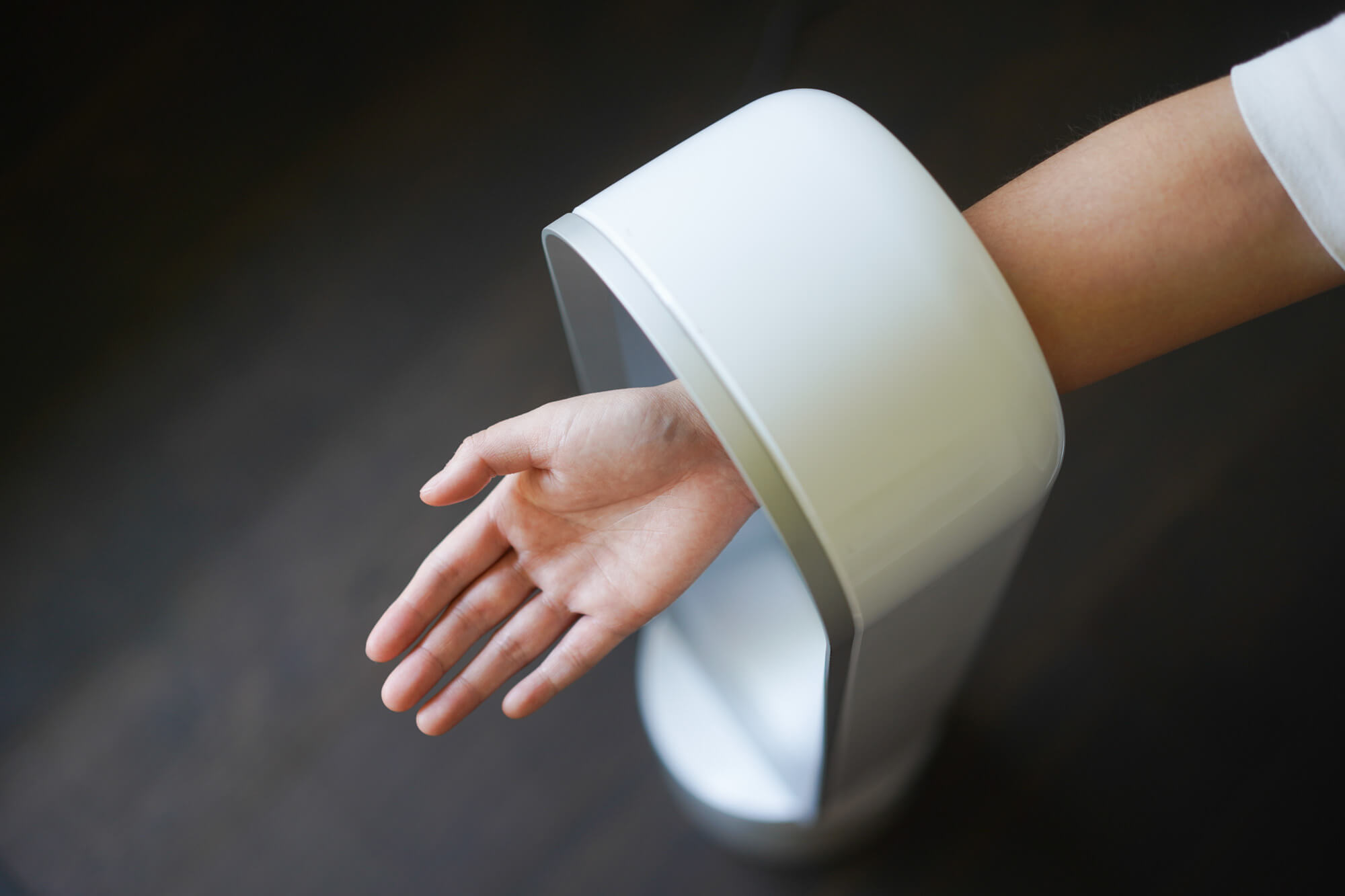

Articles
How Does A Dyson Bladeless Fan Work
Modified: April 23, 2024
Discover the inner workings of a Dyson bladeless fan in this informative article. Learn how this innovative technology provides cool air without traditional fan blades.
(Many of the links in this article redirect to a specific reviewed product. Your purchase of these products through affiliate links helps to generate commission for Storables.com, at no extra cost. Learn more)
Introduction
The Dyson bladeless fan is a revolutionary appliance that has changed the way we experience air circulation and cooling in our homes and offices. Unlike traditional fans, which rely on blades to push air, the Dyson bladeless fan utilizes innovative technology to create a smooth and powerful stream of air. In this article, we will explore the history, principle of operation, components, and advantages of Dyson bladeless fans.
James Dyson, the founder of Dyson Ltd, is the mastermind behind the invention of the bladeless fan. He was inspired to develop a more efficient and user-friendly cooling device after growing frustrated with the limitations of traditional fans. In 2009, Dyson introduced the Air Multiplier, the first bladeless fan in the market.
The principle of operation of the Dyson bladeless fan is based on the phenomenon of inducement and entrainment. The fan draws in air through a small aperture at the base. This air is then accelerated and directed over an annular aperture, creating a low-pressure zone. As a result, air from the surrounding environment is induced into the air stream, causing a multiplier effect and amplifying the volume of air being expelled from the fan.
The components of a Dyson bladeless fan include a base, an annular aperture, and an air amplifier. The base houses the motor, which drives the fan’s operation. The annular aperture is responsible for directing and shaping the air stream. The air amplifier, located within the appliance, amplifies the volume of air by inducing air from the surroundings into the airflow.
The airflow technology employed by Dyson bladeless fans ensures a smooth and consistent stream of air. Traditional fans with blades often produce an uneven and turbulent airflow, resulting in discomfort and noise. The bladeless design of Dyson fans eliminates these issues, providing a quiet and uninterrupted flow of air.
Key Takeaways:
- Dyson bladeless fans offer a safer, more efficient, and stylish alternative to traditional fans, providing a smooth and consistent airflow without the drawbacks of visible blades.
- With customizable airflow settings, enhanced safety features, and energy efficiency, Dyson bladeless fans revolutionize the cooling experience, offering a modern and sophisticated solution for homes and offices.
Read more: How Does A Bladeless Fan Work
History of Dyson Bladeless Fans
The development of Dyson bladeless fans can be attributed to the innovative and visionary mind of James Dyson. Before the introduction of the bladeless fan, traditional fans with blades were the most common cooling appliances used in homes and offices. However, their limitations in terms of performance, safety, and maintenance drove Dyson to explore a new approach to air circulation.
In 2009, Dyson revolutionized the fan industry with the introduction of the Air Multiplier, the first bladeless fan. This breakthrough innovation quickly caught the attention of consumers worldwide, promising a more efficient, safer, and aesthetically pleasing cooling experience.
James Dyson’s journey towards creating a bladeless fan began in the late 1970s when he purchased a traditional fan for his home. He noticed that the fan quickly lost its cooling power due to the accumulation of dust on the blades. Disappointed with this common issue faced by traditional fans, Dyson decided to develop a better solution.
After years of research and experimentation, Dyson came up with the idea of using air amplification and induction as the driving principle for his bladeless fan. He envisioned a design that would eliminate the need for blades while delivering a powerful and smooth airflow.
The development process for the bladeless fan was not without its challenges. Dyson encountered numerous technical hurdles and design iterations to ensure optimal performance and efficiency. Additionally, extensive safety testing was conducted to meet strict industry standards.
In 2009, Dyson introduced the Air Multiplier to the market. This bladeless fan instantly gained attention for its unique design and innovative technology. The Air Multiplier was praised for its ability to deliver a consistent and powerful airflow without the use of visible blades.
Since the introduction of the Air Multiplier, Dyson has continued to refine and enhance its bladeless fan technology. Newer models have incorporated advanced features such as remote control options, air quality sensors, and even smart home integration.
The success of Dyson bladeless fans has not been limited to the home sector. The technology has also found applications in commercial settings such as restaurants, hotels, and public spaces. The sleek and modern design of Dyson fans has made them a popular choice for both residential and commercial use.
Today, Dyson is recognized as a leader in the bladeless fan market, with a wide range of models offering varying sizes, features, and functionalities. The continuous innovation and dedication to improving air circulation have solidified Dyson’s reputation as a trusted brand in the cooling industry.
Principle of Operation
The principle of operation behind Dyson bladeless fans is based on the concept of inducement and entrainment, combined with innovative engineering and aerodynamics. Unlike traditional fans that rely on rotating blades to generate airflow, Dyson bladeless fans create a smooth and powerful stream of air without the use of visible blades.
At the core of the Dyson bladeless fan is a powerful motor located within the base of the appliance. This motor drives the operation of the fan and enables the creation of a continuous and seamless airflow. The motor draws in air through a small aperture at the base of the fan.
As the air is pulled into the fan, it undergoes a series of engineering processes to amplify and shape the airflow. The first step in this process is acceleration. The motor rapidly increases the speed of the incoming air, creating a high-velocity stream.
Once the air reaches a certain velocity, it is directed over an annular aperture, which is a ring-shaped opening located at the top of the fan. The annular aperture serves two important purposes: directing the airflow and creating a low-pressure zone.
As the high-velocity air passes over the annular aperture, it creates a low-pressure area just behind it. This low-pressure zone induces surrounding air into the air stream, a phenomenon known as inducement. By drawing additional air into the stream, the fan creates a multiplier effect, amplifying the volume of air being expelled from the fan.
The amplified air stream then emerges from the annular aperture, creating a smooth and powerful breeze. The absence of visible blades in Dyson bladeless fans not only improves safety but also eliminates the choppy and turbulent airflow produced by traditional fans.
The control and precision of the airflow direction are achieved through the design and engineering of the annular aperture. It is carefully crafted to maximize the efficiency of the airflow, ensuring a consistent breeze throughout the room.
The result is a bladeless fan that delivers a powerful and smooth stream of air, providing a comfortable cooling experience. The innovative engineering and aerodynamics behind the Dyson bladeless fan allow for precise control of the airflow, giving users the ability to customize the direction and intensity of the breeze according to their preferences.
The principle of operation used in Dyson bladeless fans not only enhances air circulation but also reduces energy consumption compared to traditional fans. The efficient design and focused airflow help cool the room faster and more effectively, leading to a more energy-efficient cooling solution.
Components of a Dyson Bladeless Fan
A Dyson bladeless fan consists of several key components that work together to provide a powerful and efficient airflow. These components are carefully engineered and designed to deliver optimal performance and enhance the user experience.
1. Base: The base of the fan houses the motor, which is the heart of the appliance. The motor drives the operation of the fan, powering the airflow generation process. It is responsible for accelerating and directing the incoming air, as well as maintaining the continuous flow of air throughout the fan.
2. Annular Aperture: Located at the top of the fan, the annular aperture is a ring-shaped opening through which the airflow is directed. It plays a crucial role in shaping and controlling the airflow. The annular aperture is designed to create a low-pressure zone behind it, which induces the surrounding air to be drawn into the fan’s airflow, amplifying the volume of air expelled from the fan.
3. Air Amplifier: The air amplifier is an essential component located within the fan. It is responsible for amplifying the volume of air by inducing air from the surroundings into the airflow. The air amplifier enhances the efficiency and effectiveness of the fan’s performance, ensuring a powerful and consistent stream of air.
4. Control Panel: Many Dyson bladeless fans feature a control panel that allows users to customize and adjust various settings. The control panel typically includes options to control the fan speed, oscillation, timer, and airflow direction. Some advanced models may also include additional features such as air purification, smart home integration, and remote control capabilities.
5. Filter: Certain models of Dyson bladeless fans are equipped with a filter to help improve the air quality in your space. The filter removes dust, pollen, and other allergens from the incoming air, providing a cleaner and healthier environment. Regular maintenance and cleaning of the filter ensure optimal performance and longevity of the fan.
6. Power Cord: The power cord is responsible for connecting the fan to a power source. It provides the necessary electrical supply to the motor and other components, allowing the fan to function. The length of the power cord varies depending on the model and is designed to provide flexibility and convenience in placing the fan.
7. Safety Features: Dyson bladeless fans are built with safety in mind. They are equipped with safety features such as automatic shut-off when tipped over, ensuring that the fan immediately stops operating to prevent accidents. Additionally, the absence of visible blades eliminates the risk of injury from accidental contact.
8. Design: The design of a Dyson bladeless fan is not only functional but also aesthetically pleasing. The sleek and modern design makes the fan a stylish addition to any space. The absence of visible blades gives the fan a clean and minimalist look, contributing to its signature design.
Each component of a Dyson bladeless fan works harmoniously to deliver an efficient and enjoyable cooling experience. The careful integration and engineering of these components result in a high-performance fan that provides powerful and consistent airflow, enhanced user control, and improved safety features.
Airflow Technology in Dyson Bladeless Fans
The airflow technology used in Dyson bladeless fans is designed to provide a powerful, smooth, and consistent stream of air. Unlike traditional fans with blades that produce uneven and choppy airflow, Dyson bladeless fans leverage innovative engineering and aerodynamics to deliver a superior cooling experience.
One of the key aspects of the airflow technology in Dyson bladeless fans is the principle of inducement and entrainment. As the fan draws in air through a small aperture at the base, the accelerated air creates a low-pressure zone behind the annular aperture at the top of the fan. This low-pressure zone induces surrounding air into the air stream, resulting in a multiplier effect that amplifies the volume of air being expelled from the fan.
The inducement and entrainment phenomenon creates a powerful and focused airflow, providing a stronger breeze compared to traditional fans. This technology allows for a more efficient distribution of air, ensuring that the airflow reaches a wider area of the room, providing better circulation and cooling.
In addition to inducement and entrainment, Dyson bladeless fans utilize carefully engineered airflow channels and vents to control and direct the airflow. These components help optimize the efficiency and effectiveness of the fan’s performance, ensuring a smooth and consistent stream of air.
The seamless and bladeless design of Dyson fans also eliminates the disruption and turbulence caused by traditional fan blades. The absence of blades allows for a continuous and uninterrupted airflow, resulting in a more comfortable and pleasant cooling experience. Without the choppiness and noise associated with blades, Dyson bladeless fans provide a quieter and more enjoyable environment.
Furthermore, Dyson bladeless fans feature adjustable airflow settings, allowing users to customize the direction and intensity of the airflow according to their preferences. This flexibility ensures that the fan can effectively cool different areas of the room and accommodate varying comfort levels.
Another notable feature of the airflow technology in Dyson bladeless fans is its energy efficiency. The efficient design and focused airflow contribute to faster and more effective cooling, reducing the amount of time the fan needs to be in operation. This energy-saving aspect makes Dyson bladeless fans an eco-friendly choice for cooling needs.
Overall, the airflow technology employed in Dyson bladeless fans sets them apart from traditional fans. By harnessing the principles of inducement and entrainment, along with innovative engineering and aerodynamics, Dyson fans deliver a powerful, smooth, and energy-efficient airflow. Whether it’s for cooling a room or improving air circulation, Dyson bladeless fans provide an enhanced cooling experience with their advanced and innovative airflow technology.
The Dyson bladeless fan works by drawing in air through the base and accelerating it through a small aperture, creating a smooth and powerful stream of air. This design allows for a more efficient and quieter airflow compared to traditional fans.
Read more: How Does Dyson Hair Dryer Work
Advantages of Dyson Bladeless Fans
Dyson bladeless fans have gained popularity and recognition for their innovative design and advanced technology. They offer several advantages over traditional fans, making them a preferred choice for many homeowners and businesses. Here are some of the key advantages of Dyson bladeless fans:
1. Safe Operation: The absence of visible blades in Dyson bladeless fans eliminates the risk of accidental injury. Traditional fans with blades pose a potential hazard, especially when children or pets are around. With Dyson bladeless fans, you can enjoy the cooling benefits without worrying about the safety of those in your environment.
2. Smooth and Quiet Operation: Traditional fans with blades often produce choppy airflow and generate noise. In contrast, Dyson bladeless fans provide a smooth and continuous stream of air, delivering a more comfortable cooling experience. The bladeless design reduces turbulence, resulting in a quieter operation, allowing you to enjoy a cool and peaceful environment.
3. Modern and Sleek Design: Dyson bladeless fans are known for their stylish and modern design. Their minimalistic aesthetic and sleek finish make them an attractive addition to any room. The absence of visible blades gives these fans a clean and sophisticated look, enhancing the overall aesthetics of your space.
4. Customizable Airflow: Dyson bladeless fans offer adjustable airflow settings, allowing you to customize the direction, intensity, and oscillation of the airflow. This flexibility ensures that you can tailor the cooling to your preferences and specific room conditions. Whether you want a gentle breeze or a powerful gust, Dyson fans give you control over your comfort.
5. Efficient Air Circulation: The twin technologies of inducement and entrainment in Dyson bladeless fans result in efficient air circulation. These fans draw in surrounding air and amplify the volume of air expelled, providing a more effective cooling effect. The focused and directed airflow helps circulate the air in the room, reducing stagnant conditions and improving overall comfort.
6. Energy Efficiency: Dyson bladeless fans are designed to be energy-efficient. The efficient airflow technology means these fans can circulate the air more effectively, resulting in faster cooling and optimal comfort. The energy-saving design allows you to enjoy the benefits of a fan without consuming excessive energy, making Dyson bladeless fans an eco-friendly choice.
7. Low Maintenance: Traditional fans with blades can accumulate dust and require regular cleaning to maintain their performance. In contrast, Dyson bladeless fans have a smooth and bladeless surface that is easy to clean. The absence of blades reduces the chances of dust buildup, making cleaning a quick and hassle-free task. This feature allows you to spend more time enjoying the cool breeze and less time on maintenance.
8. Versatile Use: Dyson bladeless fans are suitable for various spaces, including homes, offices, restaurants, and public areas. They come in different sizes and models to accommodate different room sizes and cooling needs. Whether you need a compact fan for personal use or a larger one for a spacious area, Dyson offers a range of options to meet your requirements.
With their safety features, stylish design, customizable options, and efficient airflow, Dyson bladeless fans offer a superior cooling experience compared to traditional fans. These advantages make them a popular choice among consumers looking for a modern, efficient, and comfortable cooling solution.
Disadvantages of Dyson Bladeless Fans
While Dyson bladeless fans offer numerous advantages, it is important to consider their drawbacks as well. Below are some of the disadvantages associated with these innovative cooling appliances:
1. Higher Cost: One of the main drawbacks of Dyson bladeless fans is their price. Compared to traditional fans, Dyson bladeless fans tend to be more expensive. The advanced technology, engineering, and design that goes into these fans contribute to their higher cost. However, it is important to note that the higher price can be justified by their unique features and long-term durability.
2. Limited Airflow Range: Some users have noted that the airflow range of Dyson bladeless fans may be more limited compared to traditional fans with larger blades. While these fans can provide a strong and consistent airflow within their range, the airflow may not reach far corners of larger rooms. This can be mitigated by placing the fan strategically or opting for a larger model if needed.
3. Power Consumption: While Dyson bladeless fans are designed to be energy-efficient, they still consume electricity to operate. Depending on the model and usage, these fans can have a higher energy consumption compared to traditional fans with lower power requirements. It is important to consider the long-term energy costs associated with using a Dyson bladeless fan.
4. Maintenance Requirements: While the absence of visible blades in Dyson bladeless fans eliminates the need to clean them, they still require maintenance and care. The fan’s filters, if included, should be cleaned or replaced periodically to ensure optimal performance and air quality. Neglecting regular maintenance can affect the efficiency of the fan and may result in reduced airflow.
5. Lack of Cooling Effect on Entire Room: Dyson bladeless fans are designed to provide a focused and targeted airflow. Consequently, they may not be as effective in cooling an entire room compared to traditional fans with broader-reaching blades. It is important to consider the fan’s coverage area when determining the number of units required for cooling a larger space.
6. Design Limitations: The sleek and modern design of Dyson bladeless fans may have some limitations. The absence of visible blades means that the airflow cannot be directed or manipulated manually by hand. In addition, the fan’s operating range might be limited due to the annular aperture design. While the fan allows customization through adjustable settings, it lacks the ability to manually control the airflow direction like traditional fans.
7. Noise Level: While Dyson bladeless fans are generally quieter than traditional fans, some users have reported that they can still produce a noticeable amount of noise, especially at higher fan speeds. This noise may not be an issue for some, but for others who require complete silence, it is important to consider the noise level when choosing a fan for specific environments.
Despite these disadvantages, Dyson bladeless fans remain a popular choice due to their safety, sleek design, efficient airflow, and customizable features. It is important to assess these drawbacks and determine if they outweigh the benefits based on individual preferences and requirements.
Comparison with Traditional Fans
When considering the purchase of a fan, it is valuable to compare the features and characteristics of Dyson bladeless fans with those of traditional fans. Here is a comparison between Dyson bladeless fans and traditional fans in terms of various aspects:
1. Design: Dyson bladeless fans have a sleek and modern design that adds an aesthetic appeal to any space. They feature a bladeless construction, which not only enhances safety but also eliminates the choppiness and noise often associated with traditional fans. In contrast, traditional fans have visible blades that can accumulate dust and require regular cleaning. Their designs can range from simple and functional to more elaborate or decorative styles.
2. Airflow Performance: Dyson bladeless fans utilize innovative technology to create a smooth and consistent stream of air by inducing and amplifying the airflow. The absence of blades eliminates turbulence, resulting in a quieter and more comfortable cooling experience. In comparison, traditional fans generate airflow by rotating blades, which can produce choppy and uneven breezes. The airflow performance of traditional fans may vary depending on the quality and design of the blades.
3. Customization: Dyson bladeless fans offer adjustable airflow settings, allowing users to customize the direction, speed, and oscillation of the airflow. This provides greater control over the cooling experience and the ability to direct the airflow precisely. Traditional fans typically have limited customization options, offering a fixed direction and a limited number of fan speed settings.
4. Safety: The bladeless design of Dyson fans eliminates the risk of accidental injury, making them a safer option, particularly in households with young children or pets. Conversely, traditional fans with visible blades can pose a safety hazard if not used with caution. The moving blades can potentially cause harm if someone accidentally comes into contact with them.
5. Noise Level: Dyson bladeless fans are known for their quiet operation, minimizing noise disruption in the surrounding environment. Traditional fans with blades, on the other hand, can produce noticeable noise, especially at higher speeds or if the blades are imbalanced. This noise may vary depending on the quality of the fan’s motor and blades.
6. Energy Efficiency: Dyson bladeless fans are designed to be energy-efficient, providing effective cooling while consuming less power. The bladeless technology and efficient airflow minimize energy wastage. In contrast, traditional fans’ energy efficiency can vary based on factors such as the motor’s power rating and the quality of the fan’s construction.
7. Price: Dyson bladeless fans generally have a higher price point compared to traditional fans. The advanced technology, engineering, and design of Dyson fans contribute to their higher cost. Traditional fans, however, are available in a wide range of prices, allowing for more budget-friendly options.
Overall, Dyson bladeless fans offer advantages such as enhanced safety, modern design, customizable airflow, quiet operation, and energy efficiency. On the other hand, traditional fans may provide more budget-friendly options and a wider variety of designs. It is important to consider individual requirements, preferences, and budget when making a decision between the two fan types.
Conclusion
Dyson bladeless fans have revolutionized the way we experience cooling and air circulation in our homes and offices. Through their innovative design and advanced technology, they offer several advantages over traditional fans.
The absence of visible blades in Dyson bladeless fans enhances safety, eliminating the risk of accidental injury and making them a family-friendly option. Their sleek and modern design adds a touch of sophistication to any space, elevating the aesthetics of the room.
Dyson bladeless fans deliver a smooth and consistent airflow, free from the choppiness and noise that can be experienced with traditional fans. The inducement and entrainment principle used in these fans amplifies the volume of air, providing a powerful cooling effect.
With customizable airflow settings, users have control over the direction, intensity, and oscillation of the breeze, ensuring personalized comfort. Enhanced energy efficiency and advanced airflow technology reduce power consumption, making Dyson bladeless fans an eco-friendly choice.
While Dyson bladeless fans offer numerous advantages, it is important to consider their drawbacks. These include a higher price compared to traditional fans and a potential limited range of airflow in larger spaces. Maintenance requirements, noise levels, and the absence of manual control over airflow direction are also factors to consider.
In comparison, traditional fans offer more budget-friendly options and a wider variety of designs. However, they often lack the advanced features and benefits provided by Dyson bladeless fans.
In conclusion, Dyson bladeless fans offer a safer, more efficient, and more stylish alternative to traditional fans. Their compact size, contemporary design, and customizable airflow settings make them an ideal choice for various environments, from homes to offices. While they may have some drawbacks, the overall performance, safety, and aesthetic appeal of Dyson bladeless fans make them a preferred option for those seeking a superior cooling experience.
Frequently Asked Questions about How Does A Dyson Bladeless Fan Work
Was this page helpful?
At Storables.com, we guarantee accurate and reliable information. Our content, validated by Expert Board Contributors, is crafted following stringent Editorial Policies. We're committed to providing you with well-researched, expert-backed insights for all your informational needs.

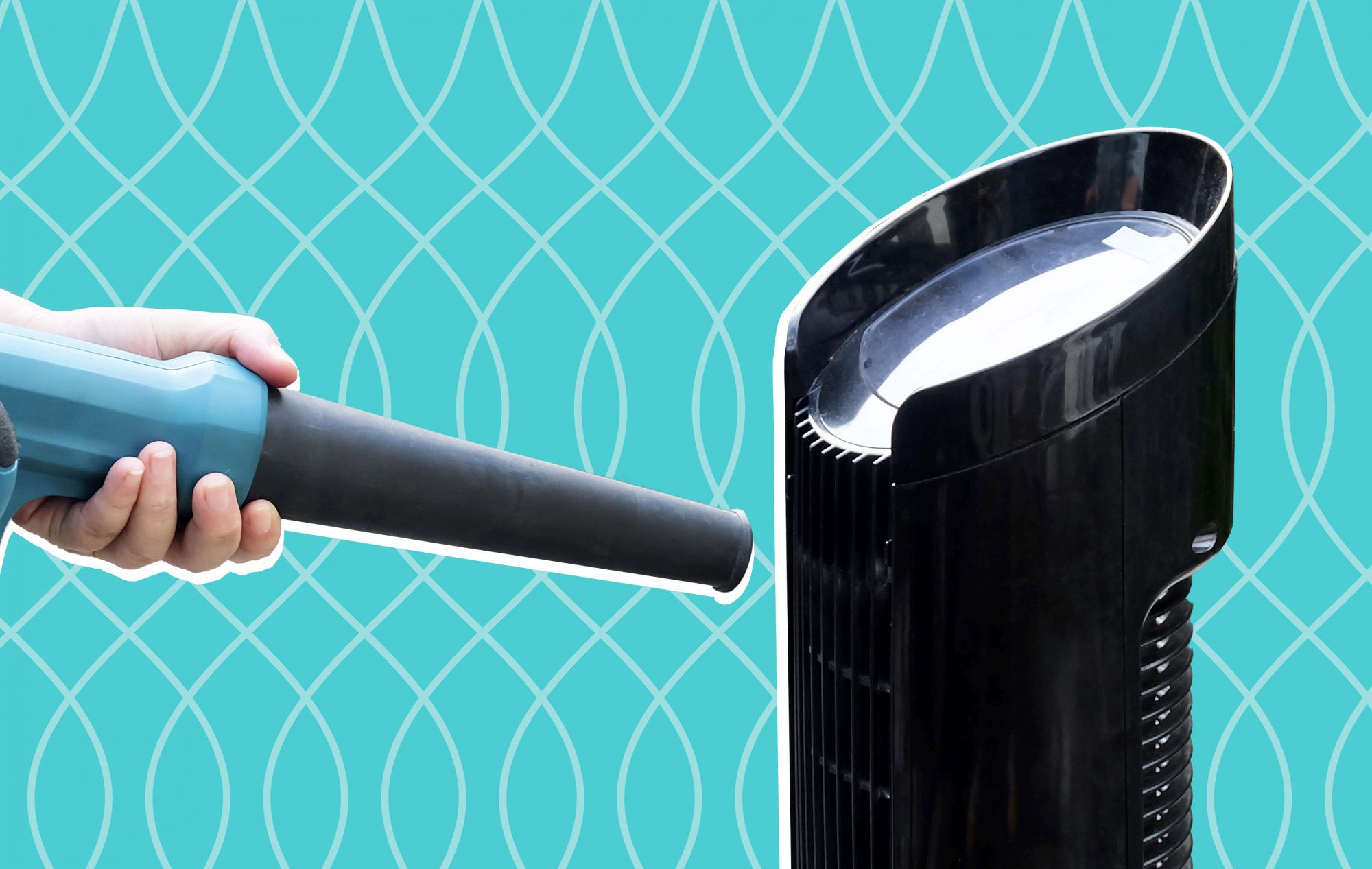
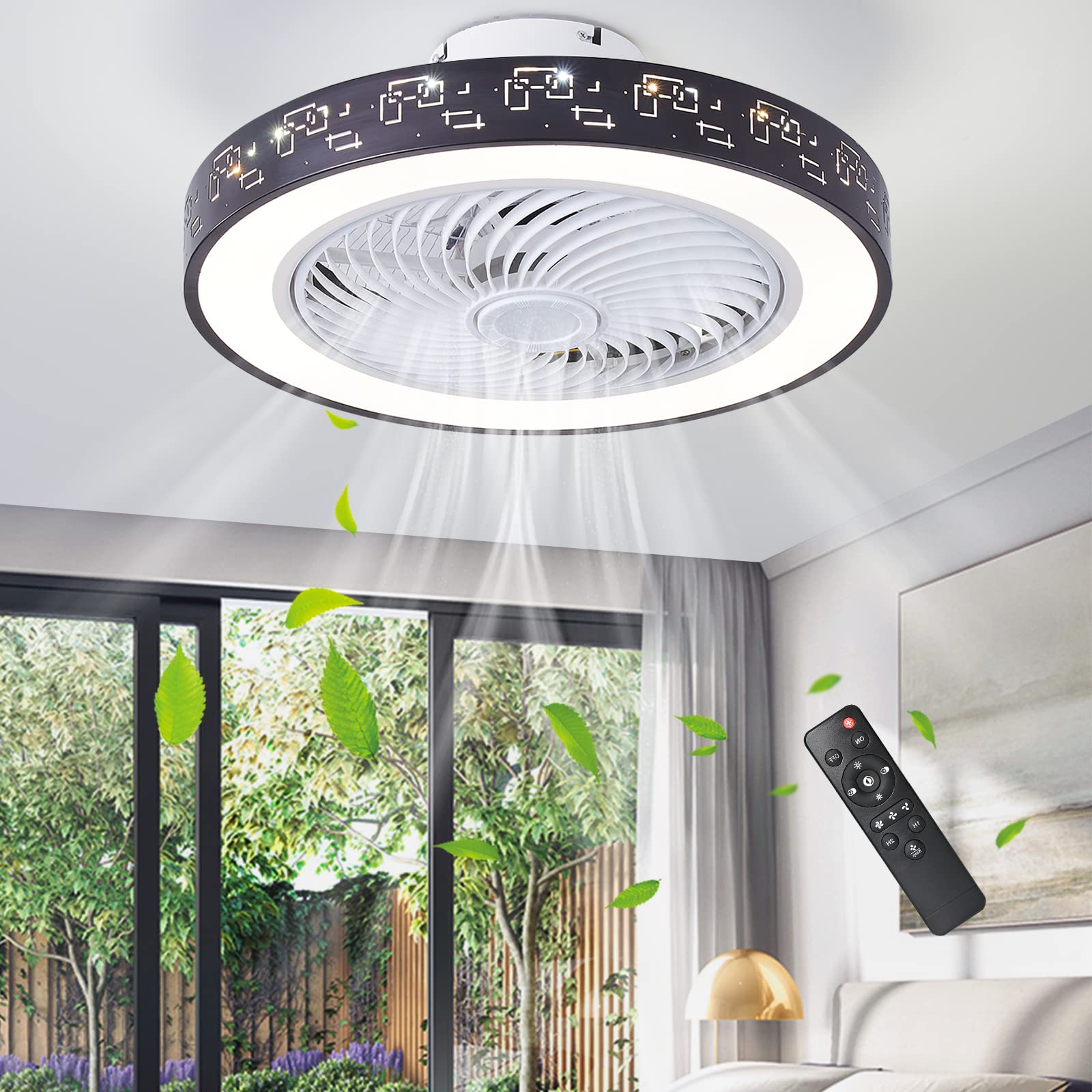
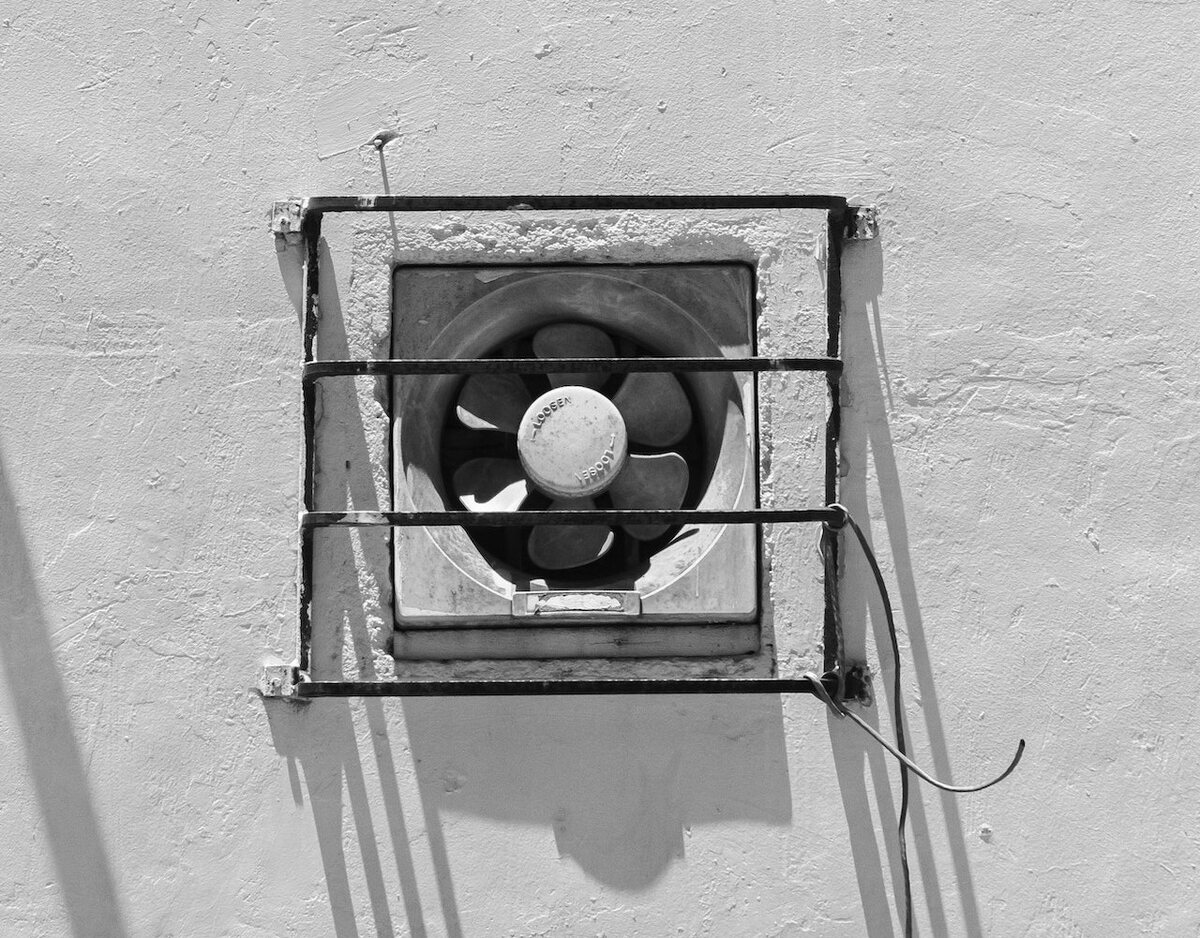
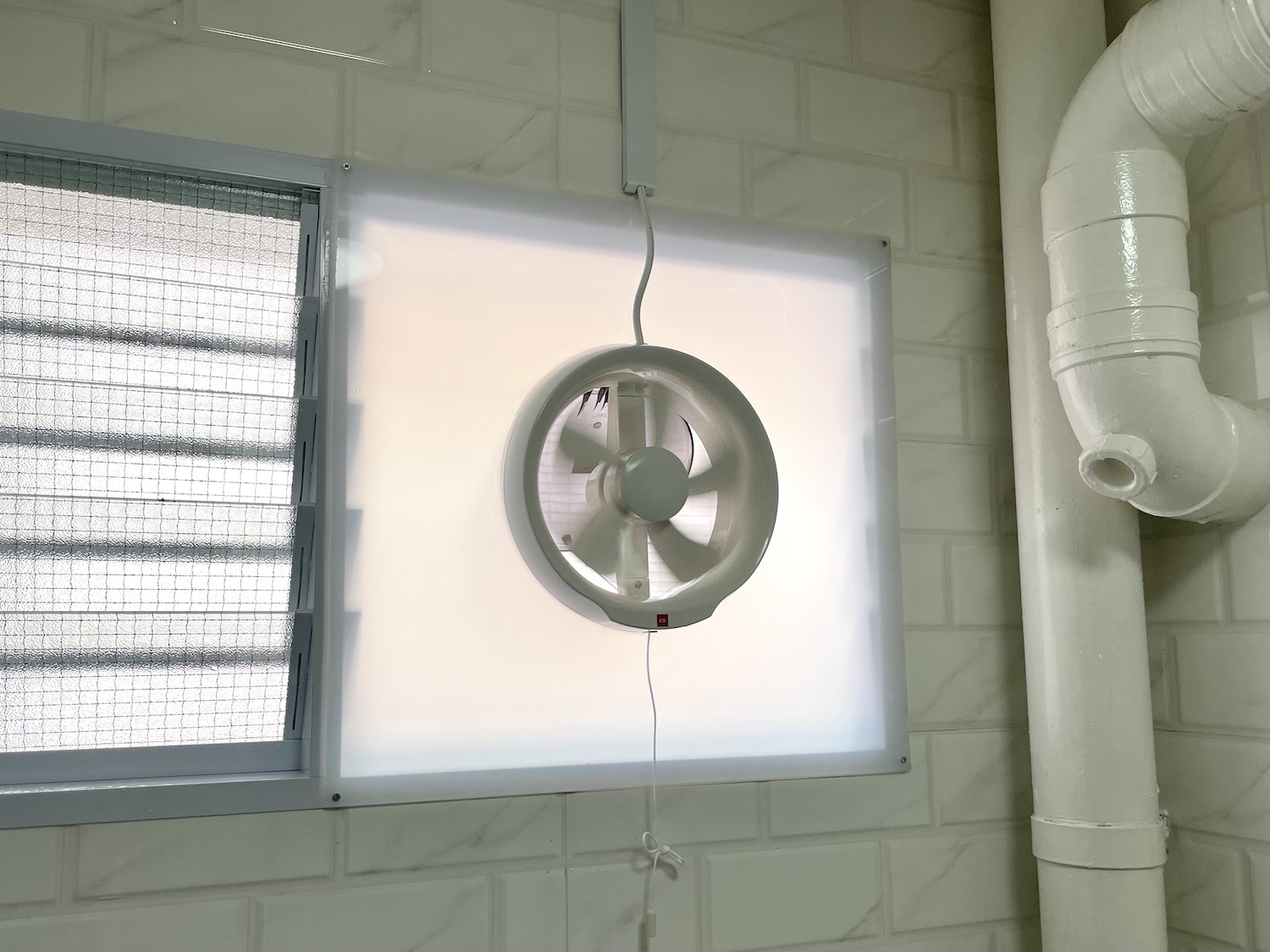
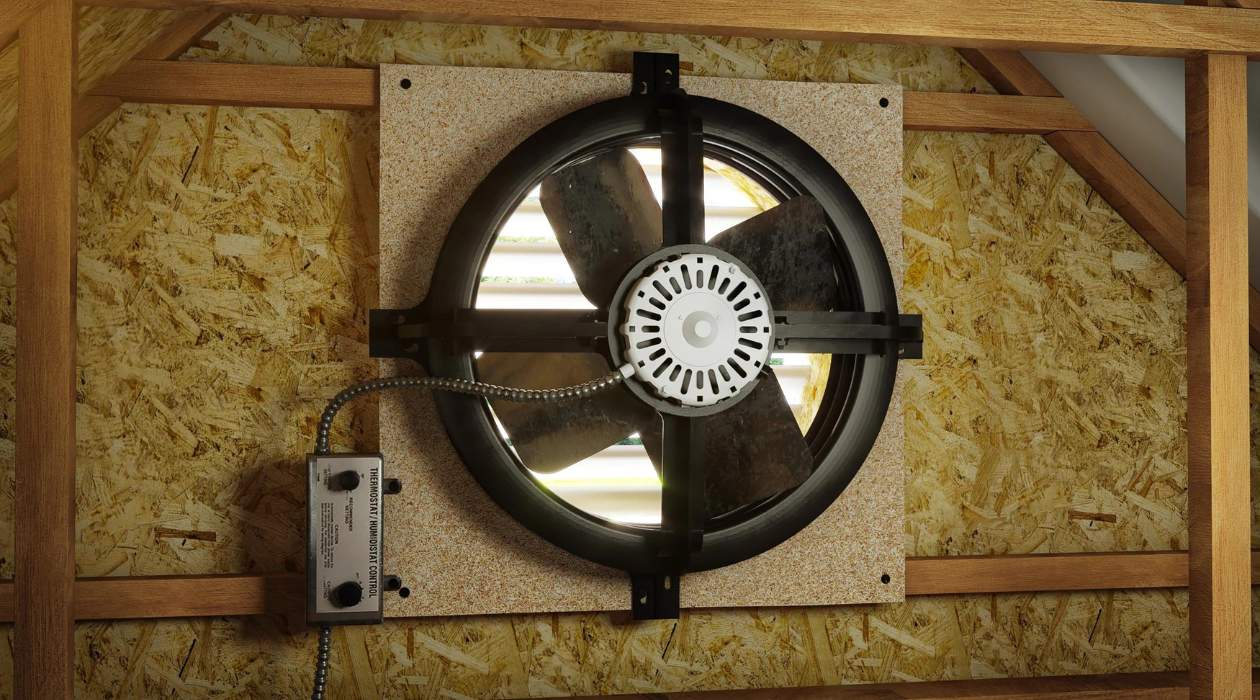
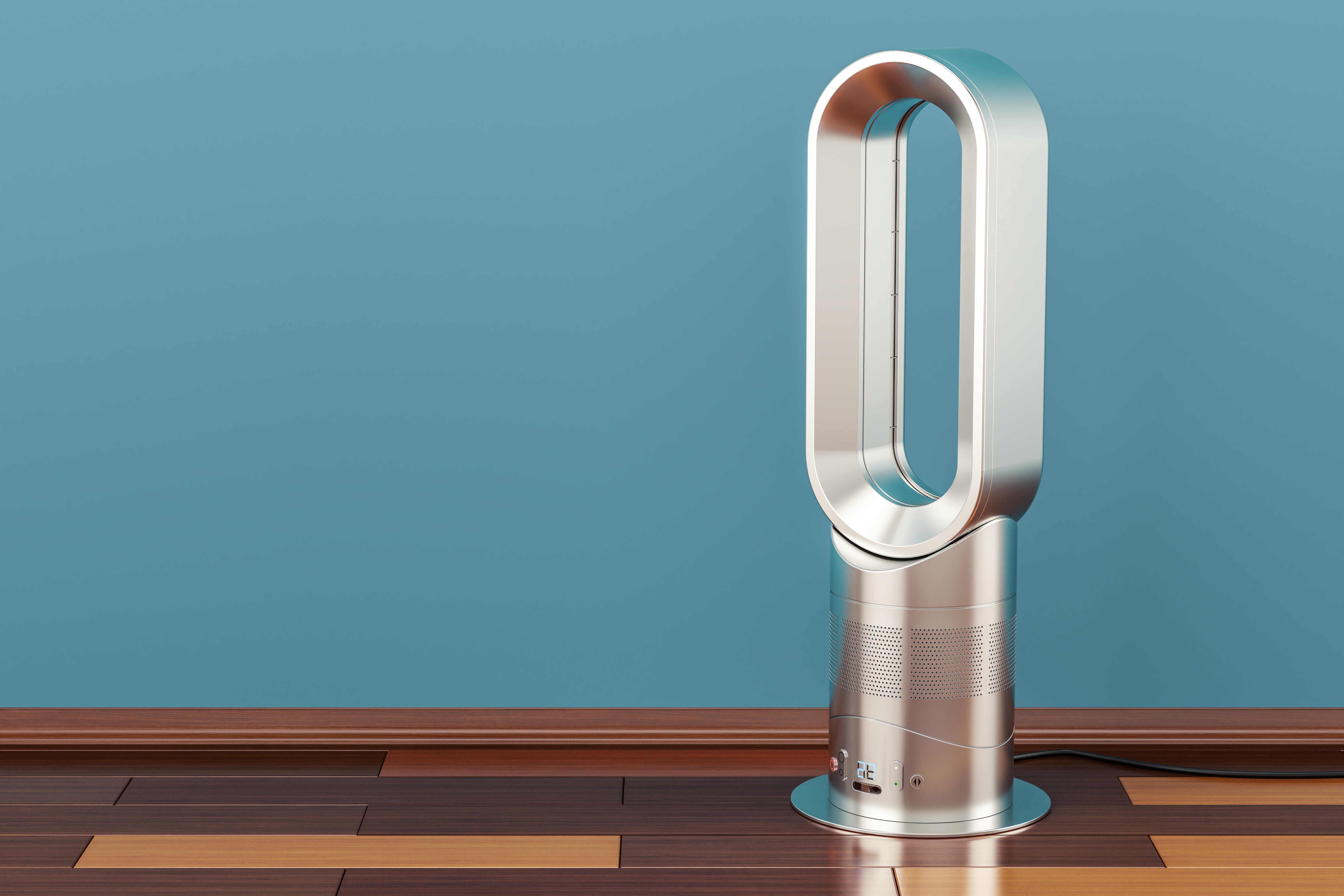
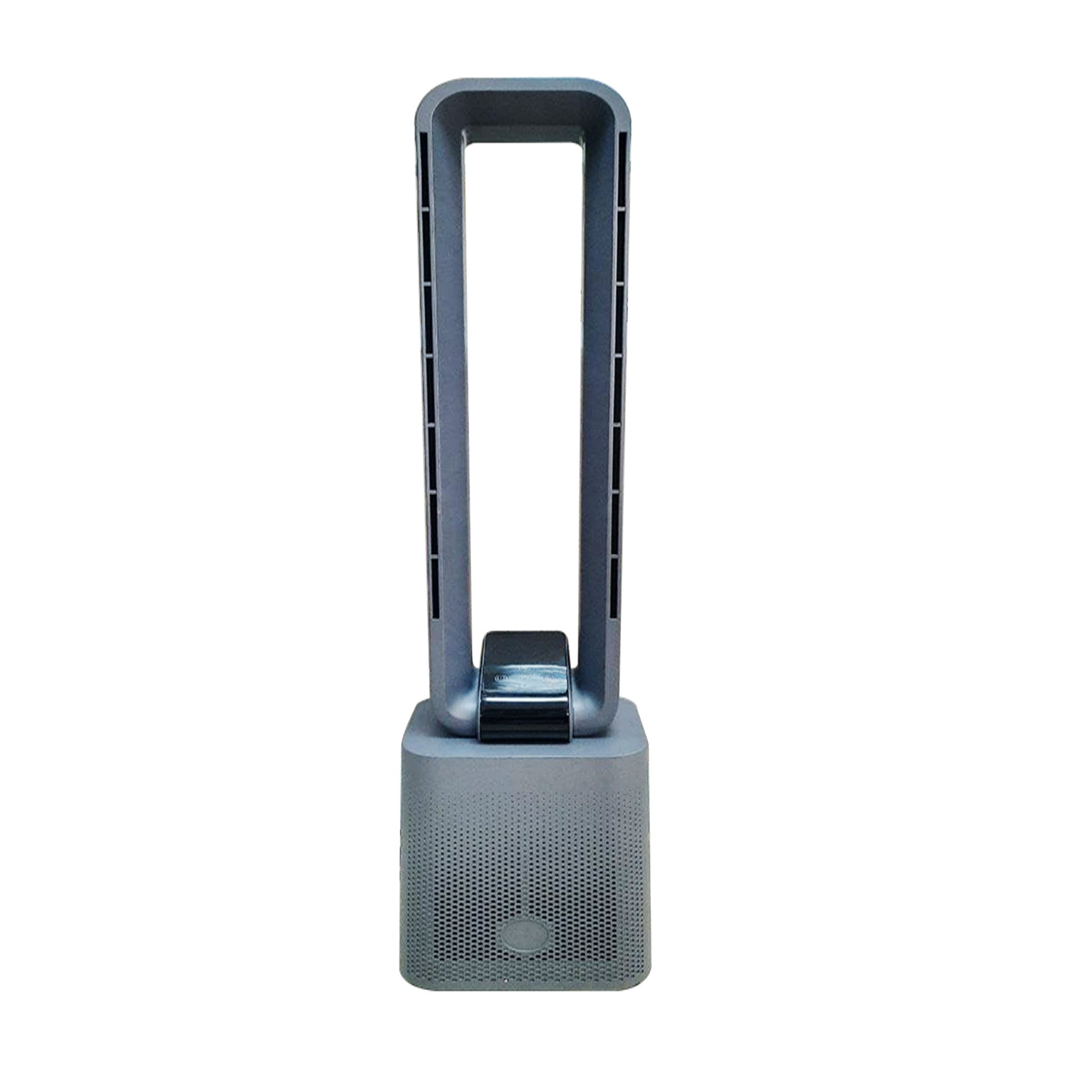
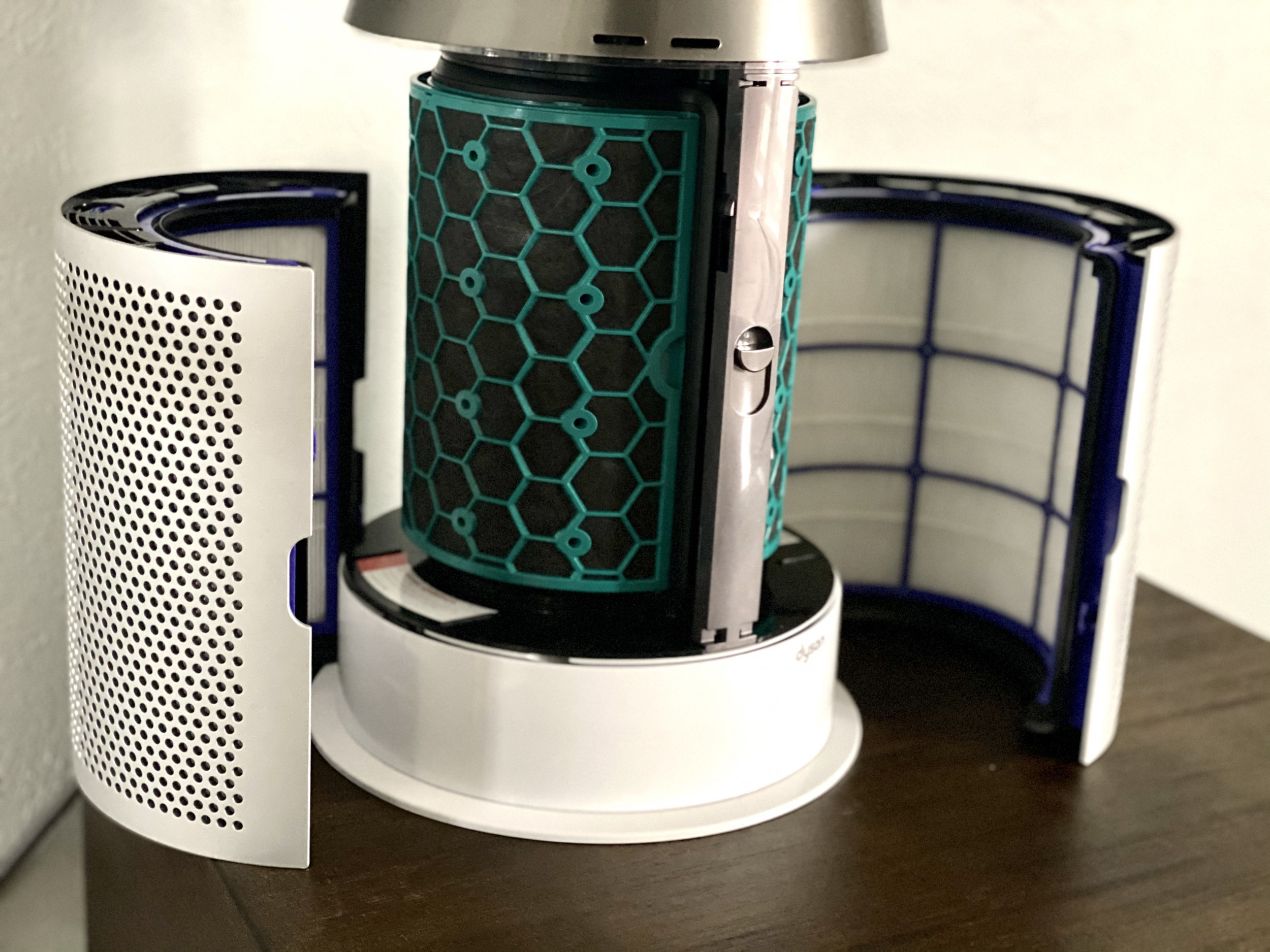


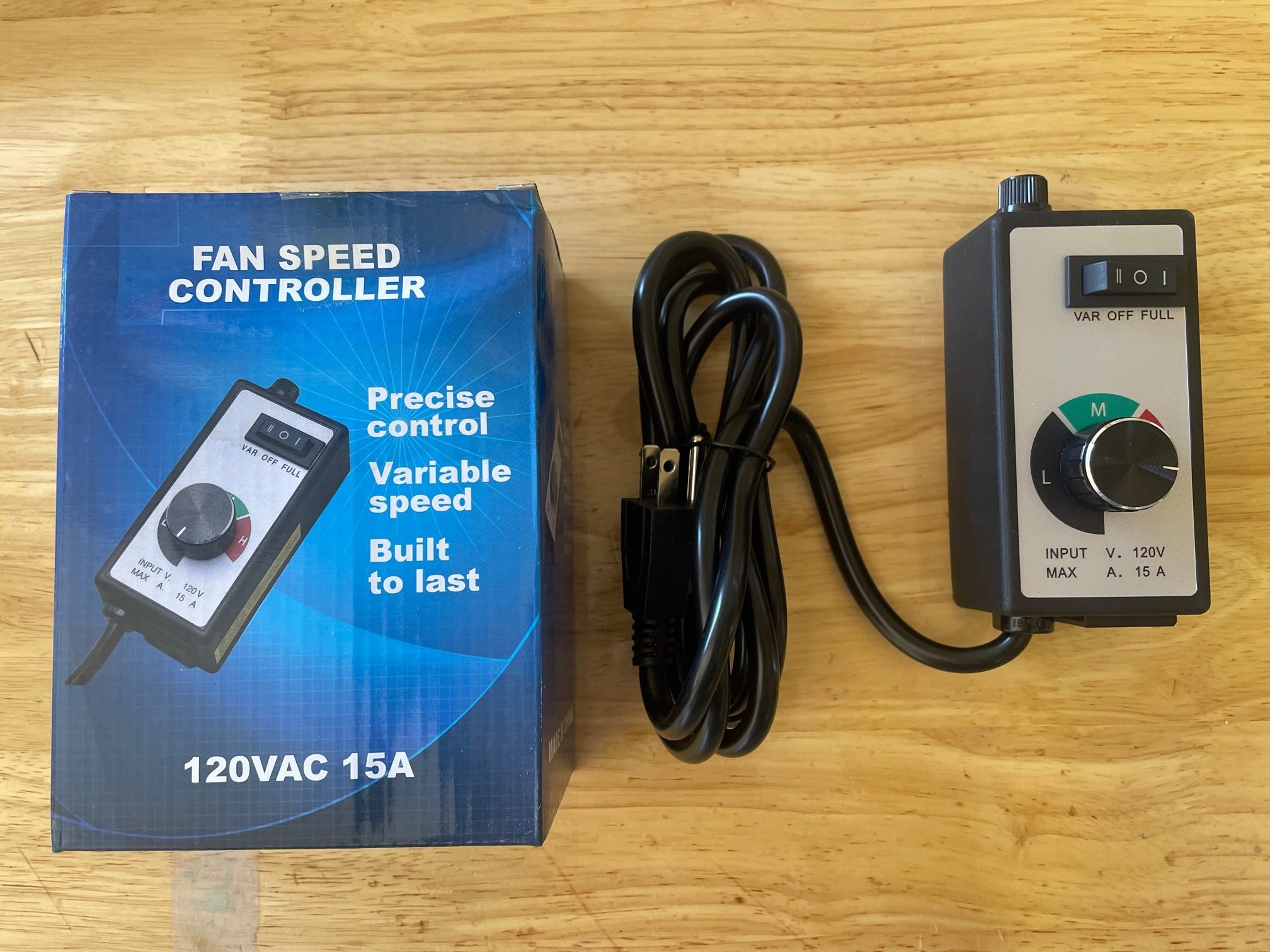

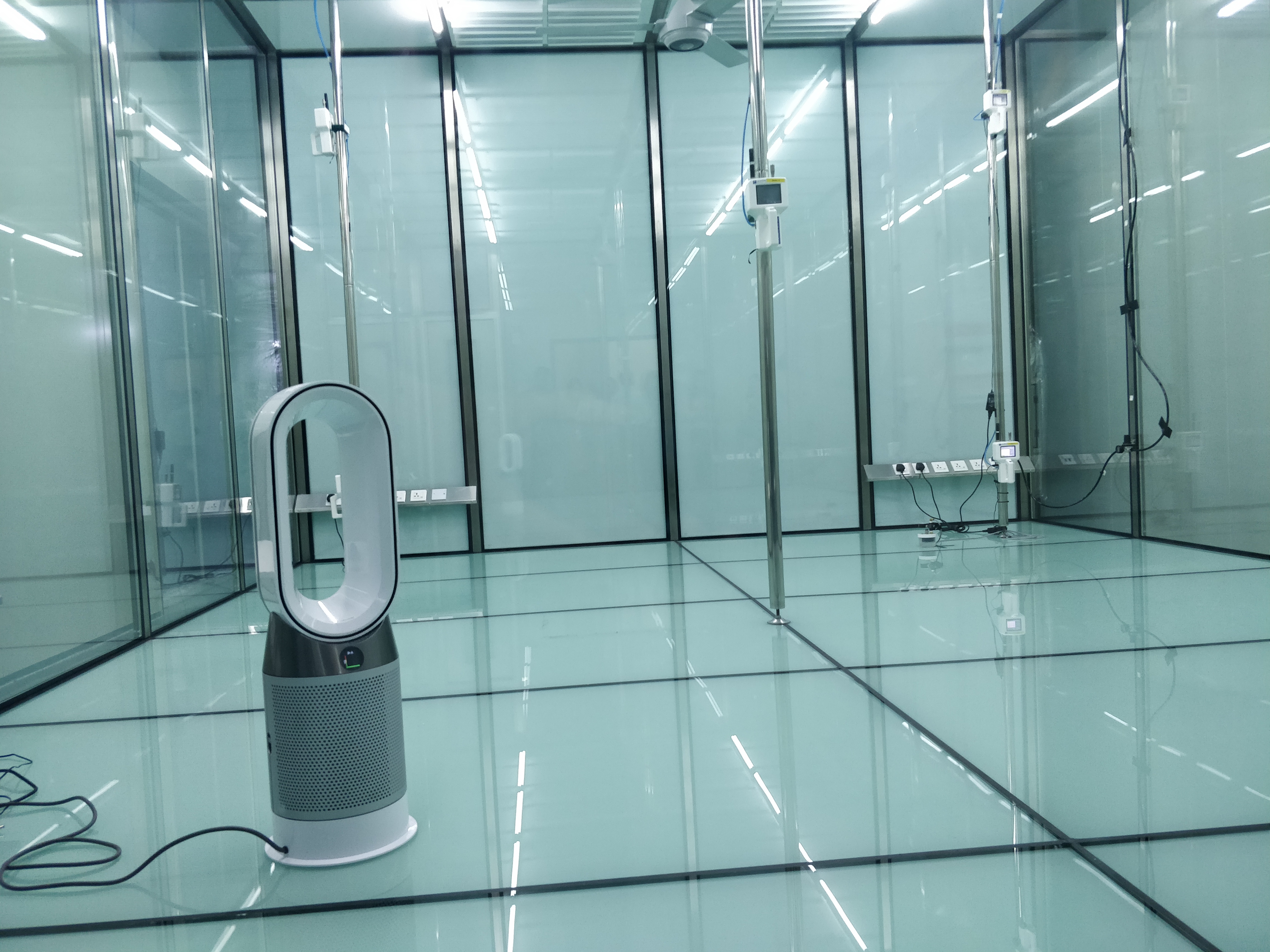

0 thoughts on “How Does A Dyson Bladeless Fan Work”